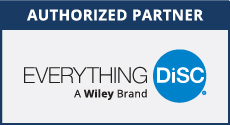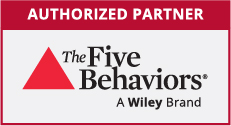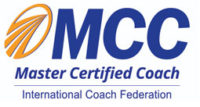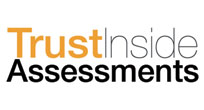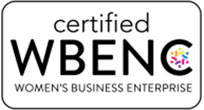By Mark Scullard, Wiley’s Senior Director of Innovation and Research
Conflict. A powerful word that can inspire a variety of feelings – excitement, avoidance, and fear to name a few. Conflict at work can be even more incendiary. Many of us have been in situations where we disagree with a colleague or manager, engage in power struggles, or have a different perspective on the “right” way to go about completing a project.
The general perception is that conflict is a sign of dysfunction. However, modern research on organizational culture, teamwork, and leadership indicate that knowing how to navigate, and even encourage, healthy conflict at work can inspire greater productivity, engagement, and cohesion amongst your people.
While the sentiments towards conflict in the workplace are slowly changing, Wiley Workplace Intelligence was curious about what is happening in organizations now when it comes to navigating the challenging interpersonal and performance-based issues that often cause conflict at work. And, with the manager/employee relationship highlighted as the number one influence on the employee experience, Wiley was also curious to know whether managers have the tools they need to help their people navigate interpersonal conflict.
Wiley surveyed 4,524 people, of which 1,938 have direct reports, to find out the biggest sources of conflict are and what can be done to help mitigate this hidden drain that is costing you time and money.
Access to Conflict Management Resources
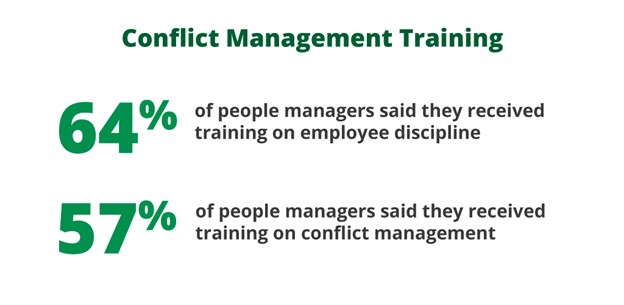
When asked to think about a situation in which they had an issue with an employee, many people managers indicated that the issues they struggled with most were a combination of both performance and interpersonal issues.
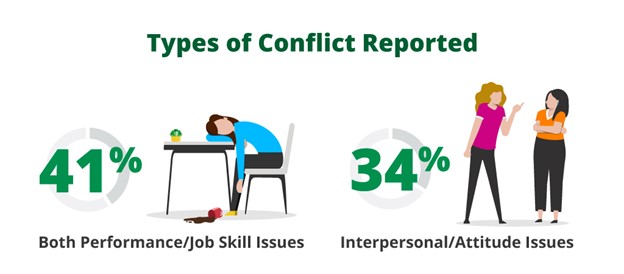
Sources of Conflict and How to Improve Cohesion
Among those surveyed, Wiley received a wide variety of responses when inquiring about what the causes of conflict were.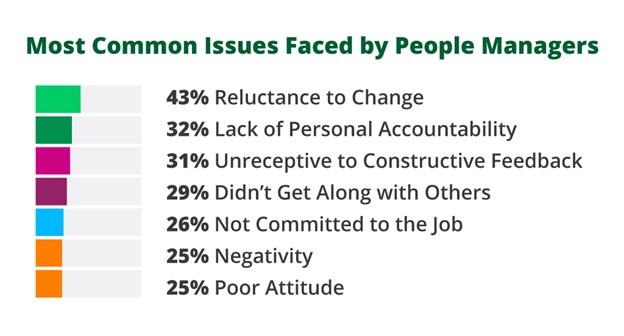 People managers who have received training on employee discipline or conflict management report higher confidence levels in their ability to handle conflict or have difficult conversations than those who did not receive any training.
People managers who have received training on employee discipline or conflict management report higher confidence levels in their ability to handle conflict or have difficult conversations than those who did not receive any training.
Wiley found that some organizations have a detailed process for how to manage conflict and behavioral issues, (such as verbal warnings, meetings with management, formal written incident reports, etc.) and when engaged they can be somewhat effective in managing conflict. For example, 32% of managers reported that such actions were “moderately effective.” However, a more powerful way organizations can work towards creating a culture that embraces healthy conflict is by taking preemptive action.
By giving your people the skills they need to communicate effectively, understand more about each other’s work preferences and tendencies, and work cohesively as a team, they will build a foundation of trust. When relationships are based on trust, people are more likely to feel psychologically safe and allow themselves to be vulnerable. Trust also empowers individuals to navigate conflict in a healthy way so as to theoretically need less disciplinary action and behavior management, which is less effective than giving your people the skills they need to manage common workplace issues together.
Levels of Comfort Through Conflict
Wiley asked people managers to rate their level of agreement with the following statements and the results point towards movement in the direction of increased comfort and skill in the area of conflict management, though there is room for improvement.
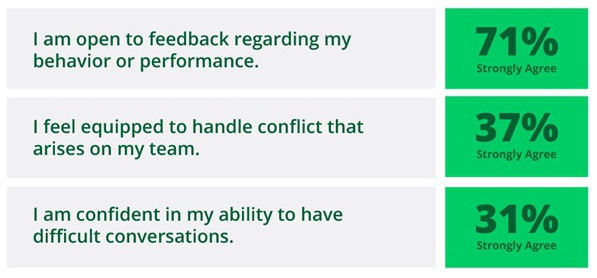
Build Conflict Management Skills in Your Organization
While there are skills gaps in the workplace, the continuing need for training on how to manage conflict, take accountability, and accept feedback remains prevalent.
It’s when you engage training and learning experiences that turn points of difference into points of opportunity that true magic can happen and the situations that used to increase tensions can now be seen as a chance to collaborate and come to new and exciting breakthroughs.
For example, The Five Behaviors® combines the framework of Patrick Lencioni’s model for teamwork with personalized insights to create powerful, customized, and authentic team development solutions that empower individuals to make lasting change. Based on the pyramid of trust, conflict, commitment, accountability, and results, The Five Behaviors solutions can help both individuals and teams develop their teamwork skills to achieve greater empathy and cohesion – as well as results.
Whether it’s building better teams with The Five Behaviors, or improving understanding to create engaged, collaborative, and adaptive cultures with Everything DiSC®, Wiley’s suite of solutions can provide a structure and common language to help create entire organizations empowered with the skills needed to get to next level – and turn conflict from a point of contention into an opportunity for connection.
To discover how Everything DiSC® and The Five Behaviors® can deepen understanding of self AND others, inspire collaboration and ignite cultural transformation in your workplace, connect with Laura A. Davis and Associates, your Everything DiSC Authorized Partner.



